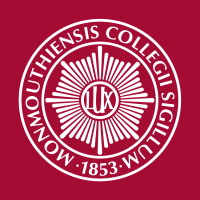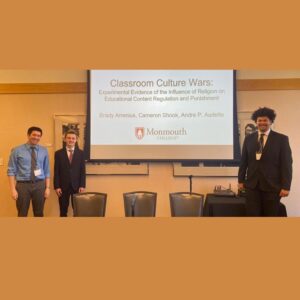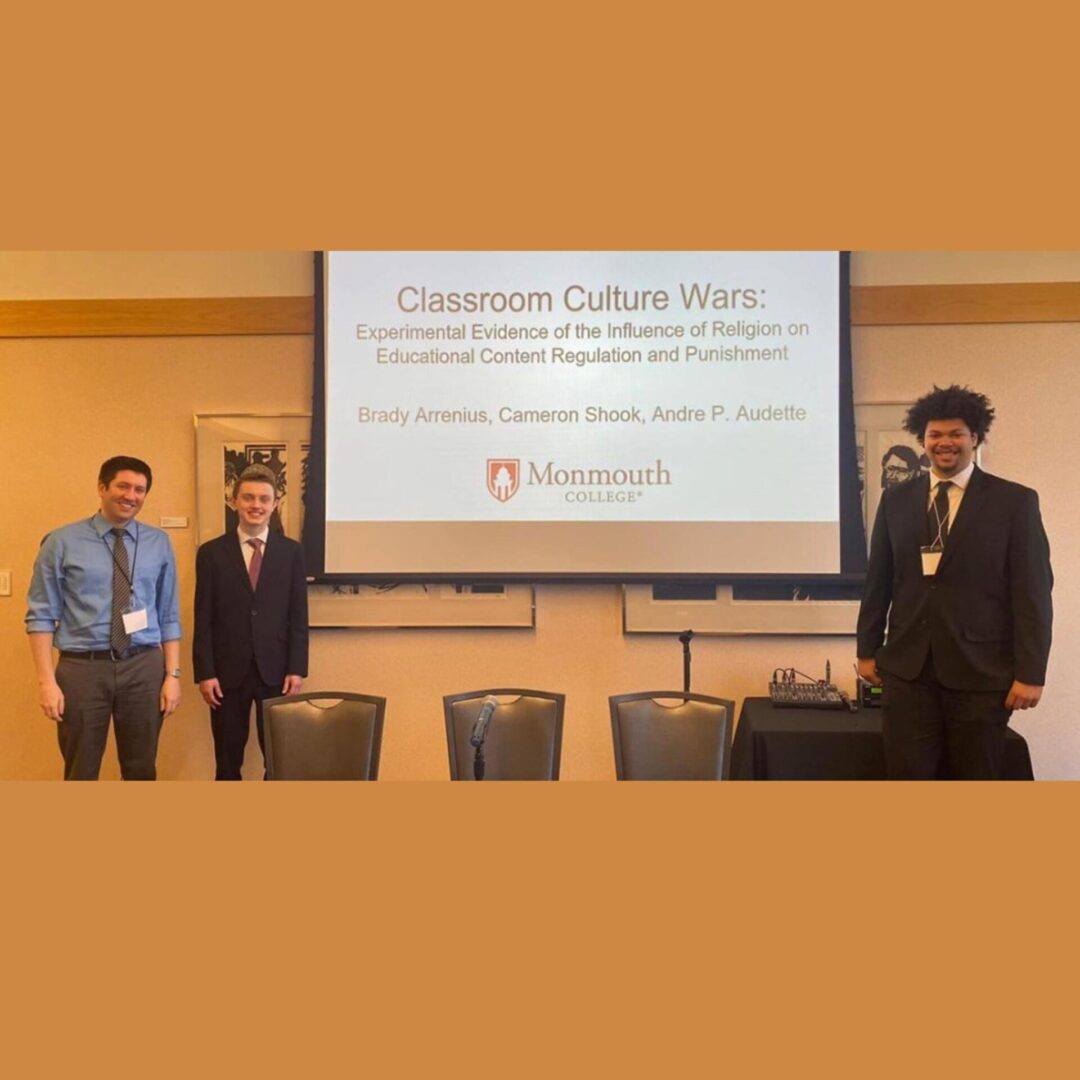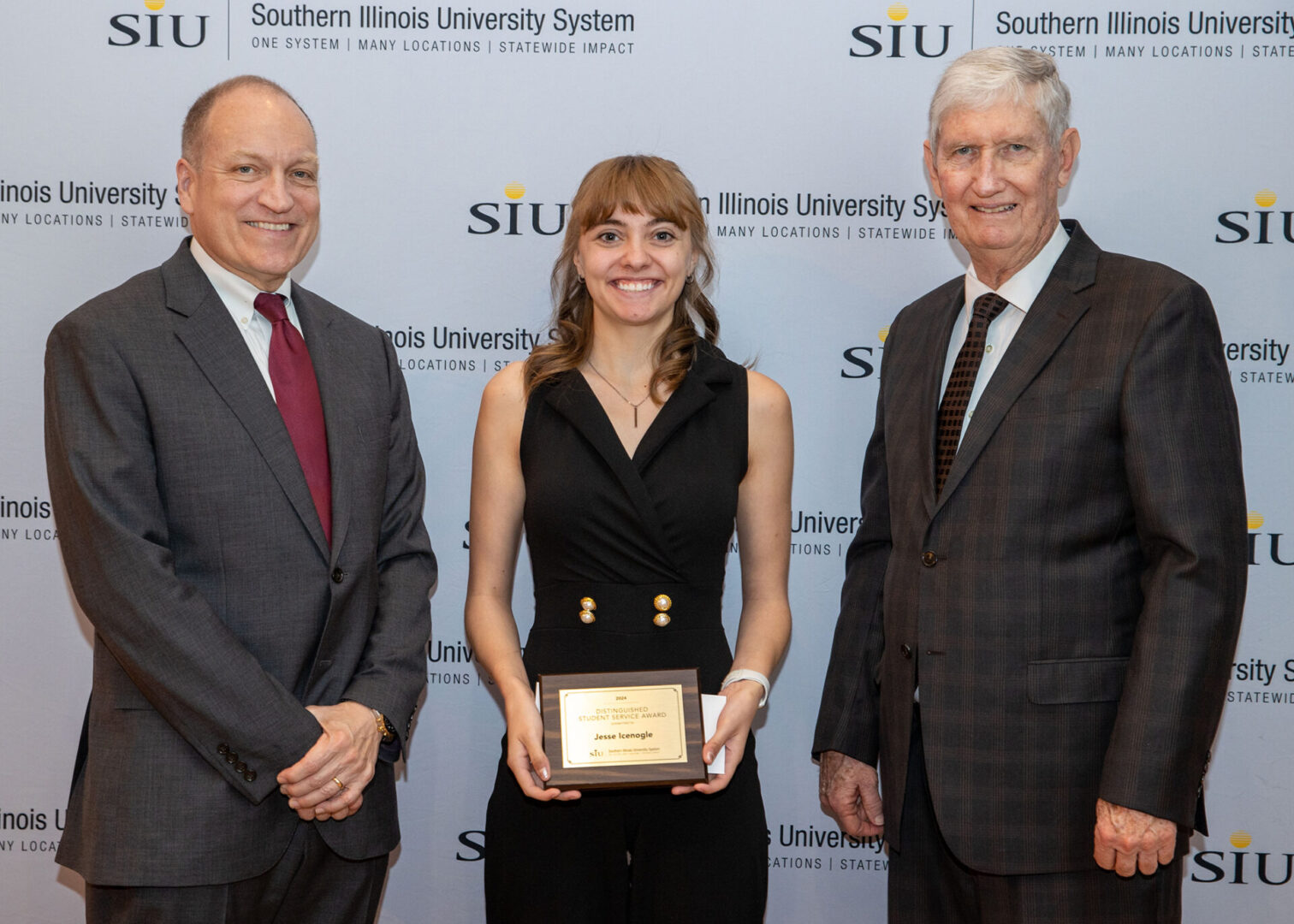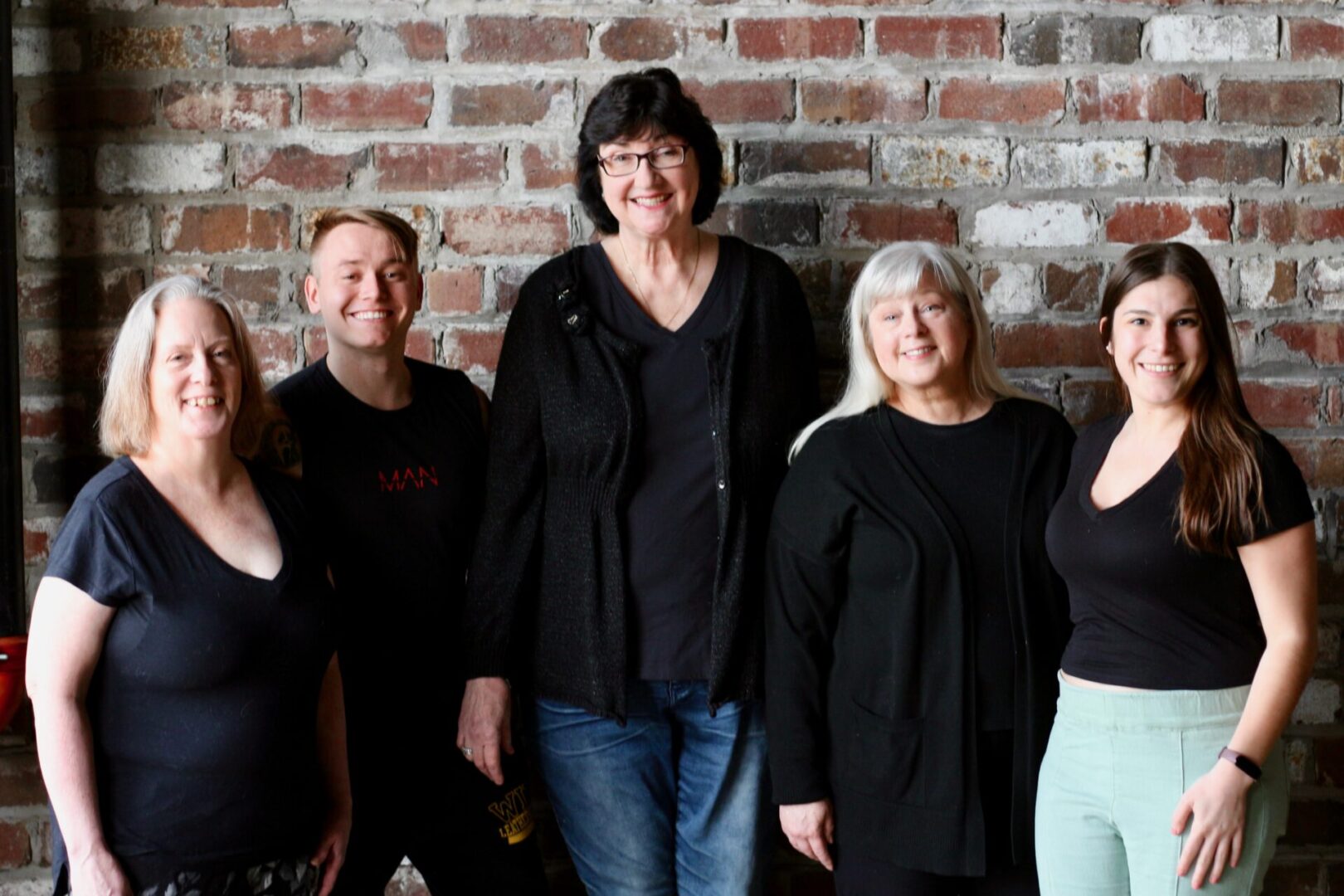LUTHER E. ROBINSON
If a statue were ever to be erected at Monmouth Park, it should rightfully honor Luther Emerson Robinson, who at the time of his death in 1945 was called “The Father of Monmouth’s Public Park System.” In a 2016 column, I told the story of how in 1916 he waged a one-man campaign to create a city park system, and how in 1925 he traveled to Washington, D.C. to negotiate the purchase of land from elderly sisters, which eventually became Monmouth Park and Gibson Woods Golf Course.
An argument could also be made that Robinson’s statue belongs in front of the Warren County Library, for which, as its longtime secretary and superintendent, he successfully fought in 1920 to make it the first library in the state of Illinois to be taxpayer funded.
Or perhaps the statue should be erected in front of City Hall. As a Monmouth alderman for 10 years, Robinson chaired the buildings and grounds committee and led the effort to build Monmouth’s new waterworks and new city hall.
The most appropriate location for Robinson’s statue might ultimately be the grounds of Monmouth College, where he chaired the English department for 34 years and helped bring national attention to the institution through his distinguished scholarship and the distinguished alumni he influenced through his teaching. Upon his death, Robinson’s obituary was released by the Associated Press.
The breadth of Robinson’s public service came to light during a recent visit to Monmouth by his great-granddaughter, Melinda Avila, of Arroyo Grande, Calif. Although she never met Robinson (having been born just a year before his death), she vividly remembers a train trip to Monmouth as a child with her mother to visit Anna Robinson, Luther’s widow, in the family home at 1032 East Boston Ave., where they feasted on Warren County corn and tomatoes under a large mulberry tree in the front yard.
In addition to visiting the family home, Avila toured the Monmouth College campus, including the former Carnegie Library to which Anna Robinson donated her husband’s vast library of English literature. In the Morgan Room of that building is a display of paintings of college presidents, among them a portrait of President Robert Gibson. It is the work of a former student of Robinson’s, Ralph Douglass, class of 1920, who was a professor of art at the University of New Mexico. Douglass was so influenced by Robinson’s lectures on Robert Browning that in 1971 he donated a triptych painting to Monmouth College in Robinson’s memory featuring lines from Browning poems executed in elegant calligraphy.
Avila also visited Wallace Hall, where Robinson and Monmouth College’s Hewes Library, where she donated some artifacts related to Luther Robinson, including a rare 1903 book containing facsimiles of newspaper clippings compiled by Abraham Lincoln and a book by Robinson on the poet Robert Browning.
Rounding Avila’s tour of Robinson sites was a visit to the Robinsons’ grave, on the North Hill addition of Monmouth Cemetery; to Monmouth Park, for which he secured the land; and to the Warren County Library, which he personally supervised for decades.
Who was Luther Emerson Robinson and how did he come to Monmouth? Robinson was born in Columbus, Miss., in 1867 and graduated from Drury College in Springfield, Mo., in 1894. While in Springfield, he worked for the local newspaper, which provided experience that allowed him to later teach journalism at Monmouth.
After earning his master’s degree from Drury College, Robinson married Anna and enrolled in a Ph.D. program with Yale University and taught at a small college in Missouri. In 1899, Monmouth College president Samuel R. Lyons traveled to St. Louis to meet with Robinson and offer him a job teaching literature. He was the second professor hired under a new endowment established by the Law family.
Robinson’s first published history was “History of Illinois,” published in 1903, but he is perhaps best remembered as editor of the two-volume “Historical and Biographical Record of Monmouth and Warren County,” published in 1927.
In 1929, he undertook a new sort of history, composing a pageant about the history of Illinois, Warren County, and Monmouth, which was presented that September on the Monmouth College athletic field. Consisting of five acts, it featured a cast of more than 400 persons, with a finale featuring the Monmouth American Legion corps and all the pageant characters.
For Maple City Memories, I’m Jeff Rankin.


